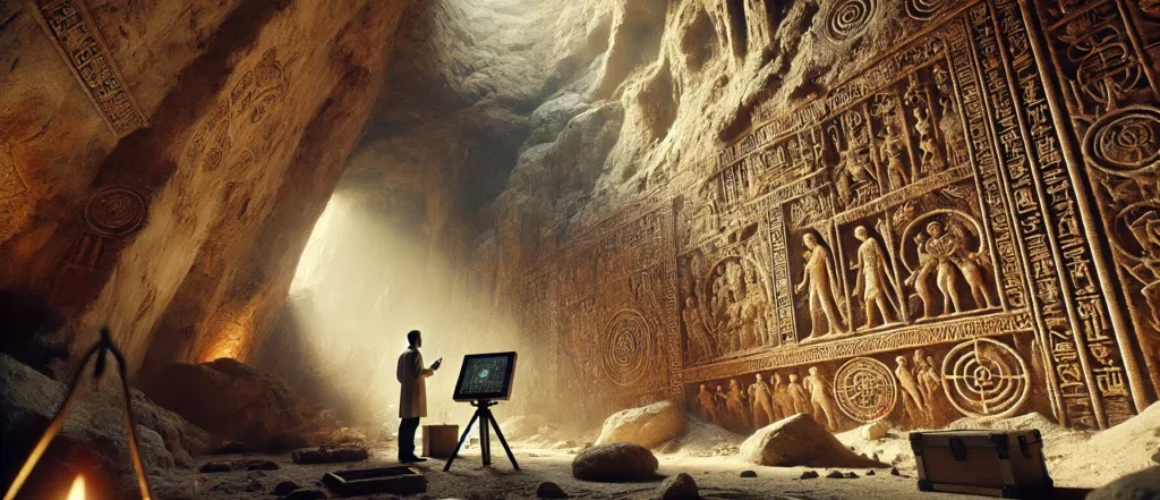Ancient Scripts In Caves
For centuries, the secrets of our ancestors have captivated the imagination of historians, linguists, and adventurers alike. Among the most enigmatic relics of ancient civilizations are the scripts etched into the walls of remote caves. These hidden inscriptions not only whisper stories of forgotten eras but also pose profound mysteries about their creators and purposes. The quest to uncover their meanings remains a testament to human curiosity and the enduring allure of the past.
Unearthing the Inscriptions
Across the globe, from the limestone caves of Southeast Asia to the sandstone cliffs of North Africa, ancient scripts adorn the walls of hidden grottoes. These writings, often accompanied by intricate carvings and vivid paintings, are a window into the lives, beliefs, and aspirations of early societies. Some caves, like those in the Ajanta region of India, display inscriptions in ancient Prakrit, while others, such as the Mogao Caves in China, hold texts in Tangut and Tibetan.
One of the most famous examples is the Dead Sea Scrolls, discovered in the Qumran Caves near the Dead Sea. These manuscripts, written in Hebrew, Aramaic, and Greek, have provided invaluable insights into the religious practices of ancient Jewish communities. Similarly, the Rongorongo script of Easter Island, carved into wooden tablets but potentially inspired by cave writings, continues to baffle scholars with its undeciphered symbols.
Mysteries of Their Origins
The creation of these cave inscriptions raises many questions. Who were the authors, and what compelled them to etch their thoughts onto stone? In many cases, these texts served as records of religious devotion, astronomical observations, or historical events. Inscriptions from the Mayan civilization, for example, detail elaborate rituals and celestial alignments, hinting at a profound connection between spirituality and the cosmos.
However, some scripts defy easy explanation. The inscriptions in the Tayos Caves of Ecuador, believed by some to be linked to lost civilizations or even extraterrestrial visitors, remain shrouded in mystery. Similarly, the undeciphered Linear A script of the Minoans, discovered on Crete and in nearby caves, continues to puzzle researchers. Could these writings hold the key to understanding vanished cultures, or are they mere fragments of broader, unknowable narratives?
The Challenges of Decipherment
Interpreting ancient cave scripts is no small feat. Time and environmental factors often erode the inscriptions, leaving fragmented or incomplete records. Additionally, without a Rosetta Stone equivalent to provide context, many scripts remain undeciphered.
Advanced technologies like 3D scanning and AI-driven pattern analysis have revolutionized the study of these inscriptions. By digitally reconstructing worn carvings and comparing symbols across different sites, researchers are making strides in decoding the messages of the past. Yet, for every breakthrough, new questions arise, reminding us that the journey to understanding history is never straightforward.
Preserving the Legacy
The discovery and study of ancient cave inscriptions underscore the importance of preservation. Many sites are threatened by natural erosion, human activity, and climate change. Efforts to protect these cultural treasures are essential to ensuring that future generations can continue to explore the mysteries of their heritage.
In a world increasingly driven by technology and rapid change, the scripts hidden within caves serve as a poignant reminder of humanity’s enduring quest to communicate, create, and connect across time. They challenge us to look beyond the surface, to seek meaning in the depths, and to honor the voices of those who came before us.

